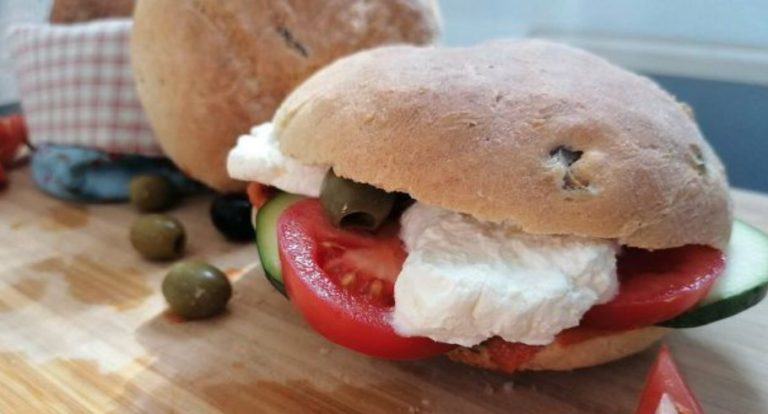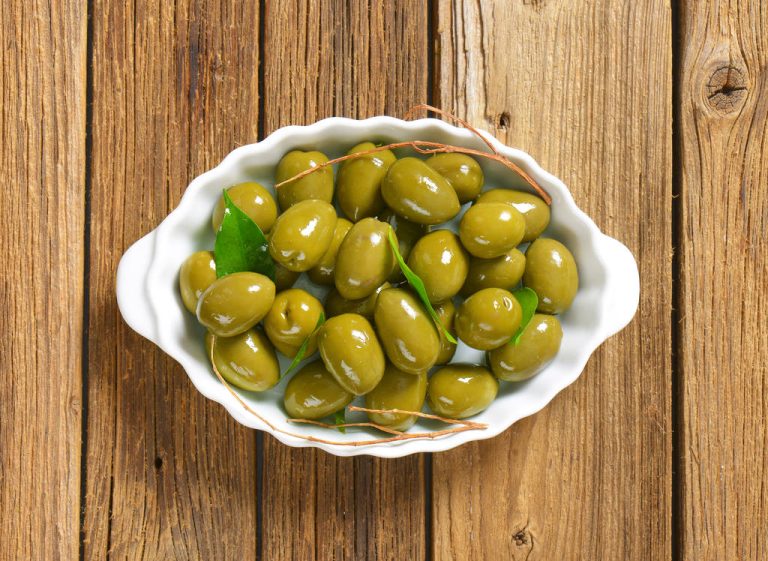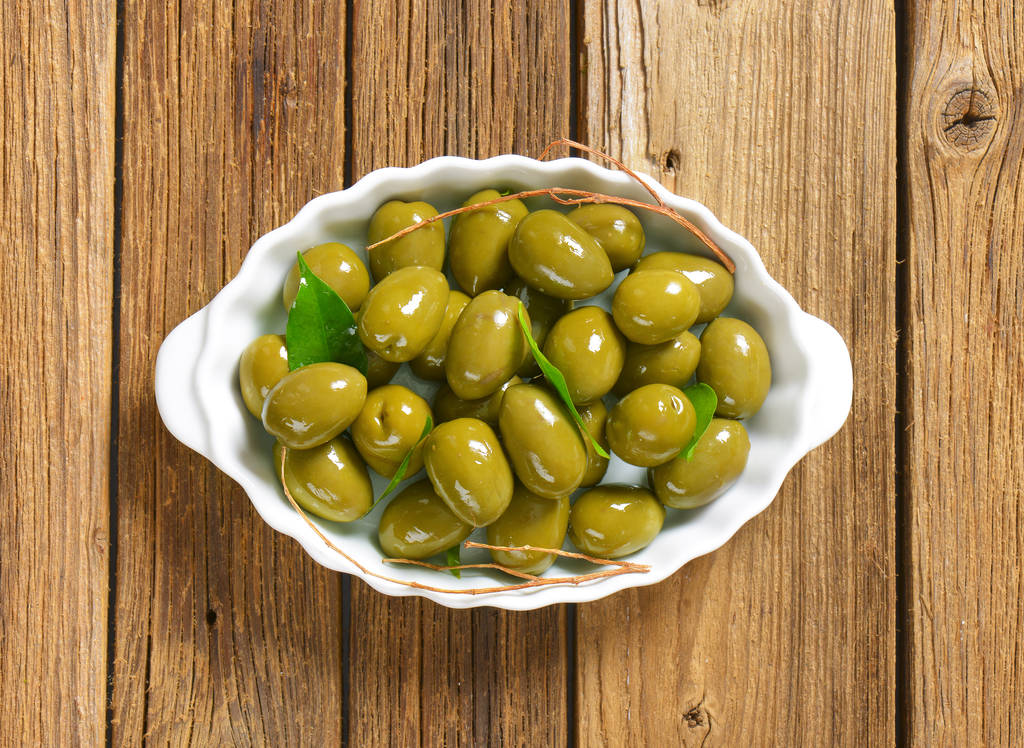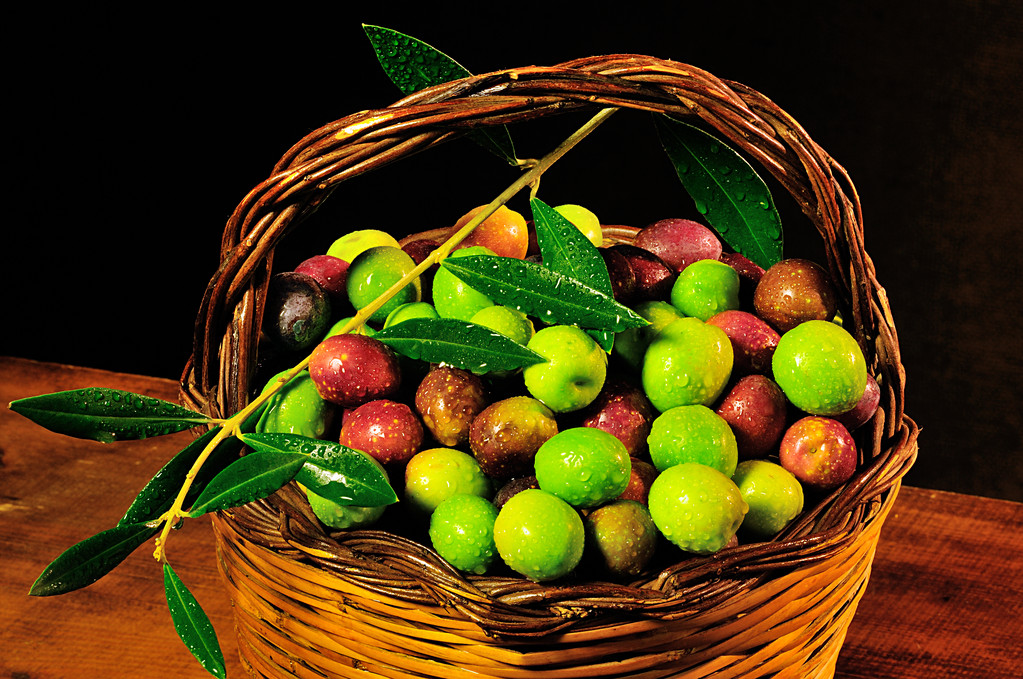Puccia is an Apulian bread and you can make it vegan or vegetarian. We show you how to bake the flatbread with olives.
Puccia comes from southern Italy, specifically Apulia, and is a type of flatbread. The dough often resembles a pizza dough and is supplemented with ingredients such as olives.
You can also buy ready-made puccia at some supermarkets. However, homemade pucce have no extra additives or preservatives and are therefore healthier, and you avoid packaging waste.

In order to use good quality food, pay attention to organic quality. Conventional olive oils in particular can contain harmful substances. Read the following article: Olive oil test: Convince discounter and organic oils. We can particularly recommend the organic seals from Demeter, Bioland and Naturland, as they follow stricter criteria than the EU organic seal.
Puccia: This is how the Apulian bread with olives succeeds
Ingredients:
130 g durum wheat semolina
500 ml water
50 g green olives
50g black olives
1 clove(s) garlic
400 g flour
40 g of yeast
50 g olive oil
5 g salt
Directions:
Pour boiling water into a bowl and stir in the durum wheat semolina. Let everything swell for 15 minutes.
Meanwhile, cut the olives into small rings and the garlic into small pieces.
Now put all the other ingredients in a new bowl. You should also add the garlic, you should wait with the olives so that they don’t fall apart when kneading.
You can break up the yeast into small pieces with your fingers and add them.
When the swollen durum wheat semolina has cooled down enough that you can easily put your finger in the bowl, add it to the other ingredients.
Now knead everything into a smooth dough. Finally add the olives and let the Puccia dough rise covered in a warm place for an hour.
Knead the risen dough again. If it’s too sticky, dust it with some flour if necessary.
Divide the dough into even pieces and form small flatbreads. They should be about ten centimeters in diameter.
Place the Puccia flatbreads on a baking sheet and place them on the middle of the oven. Place another bowl of water in the bottom of the oven to give the dough a nice crust. Bake the flatbreads at 160 degrees Celsius for 40 minutes. Note: Do not preheat the oven as this allows the dough to rise again before you bake it. It also saves energy and is better for the environment. Also read: Preheating the oven: useful or not?
To check if the flatbreads are done baking, you can take one out and tap the bottom. If you hear a dull, hollow sound, the Puccia are done.
Puccia prove: This is how the flat cake tastes particularly good

You can fill the Apulian flatbread as you like. There are no set ingredients or recipes. Italians often refer to Puccia as:
Mozzarella (you can also use vegan mozzarella)
tomatoes
basil
arugula
fried vegetables
So that the Puccia is not dry and tastes spicier, you can spread the halves with spreads or sauces:
homemade tomato sauce
pesto Rosso
Basil pesto
cream cheese
Make sure that you use organic food whenever possible. We also recommend that you shop seasonally and regionally. This is how you act particularly sustainably.




